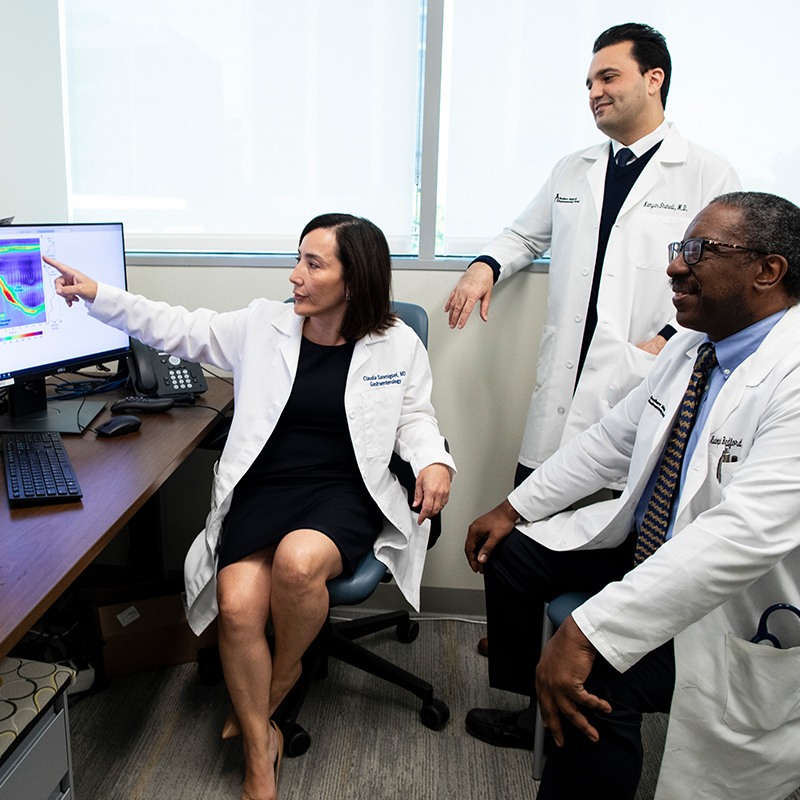Excisions

Overview
Excisions
An excision is a procedure where a doctor removes (excises) a lesion. While most lesions are benign (harmless), some can be malignant (life-threatening). Lumps, bumps, fatty tissue, cysts and moles are all types of lesions.
Besides the lesion, the excision removes some of the healthy tissue (margin) around it, ensuring the removal of all cancer cells. Afterward, the surgeon sends the tissue to a pathologist to ensure they removed all cancer cells. Depending on the size and location of the lesion, the incision may be allowed to heal on its own, or the surgeon may suture (stitch) it close or perform a skin graft.
All excisions use a local anesthetic to prevent pain during the treatment. The type and complexity of the excision depend on the lesion type, size and location. The quickest, most straightforward and most common form of excision is an elliptical excision. In this procedure, your surgeon removes a football-shaped piece of skin. By removing lesions in a football shape, the surgeon can more easily suture the skin back together, minimize scarring and achieve better cosmetic results.
Other types of excisions include:
Simple Excision
The surgeon uses a scalpel to remove the lesion and a small amount of healthy tissue around it.
Shave Excision
The surgeon uses a razor-like tool to shave the lesion off the skin.
Wide Excision
The surgeon removes the lesion along with a broader margin of healthy tissue. A wide excision may also be a deeper excision.
Why Excisions?
Surgeons perform excisions to remove benign and malignant lesions (tumors). When lesions are caught early and excised quickly, no other treatment may be necessary.
Risks
Excision Potential Risks and Complications
Excisions are standard procedures that rarely cause serious complications. However, as with all surgeries, there are some risks, such as:
- Scarring
- Swelling
- Bleeding
- Infection
- Nerve damage
- Pain and discomfort
- Incision re-opening
- Reaction to the anesthetic or sutures

Prep
Preparing for Excisions
Your doctor will give you instructions on preparing for your excision surgery. Be sure to tell your doctor about your medications and:
- Dress comfortably
- Do not wear jewelry
- Do not wear makeup
What to Expect
What to Expect
Your excision procedure will depend on the lesion’s size, type and location.
Your surgeon may remove larger or more advanced lesions in the hospital under general anesthesia. Usually, you can go home after this procedure (outpatient), or you may need to spend the night.
Your surgeon will provide you with care instructions for when you return home.
Specialists

